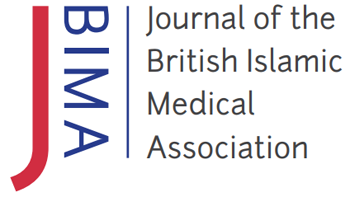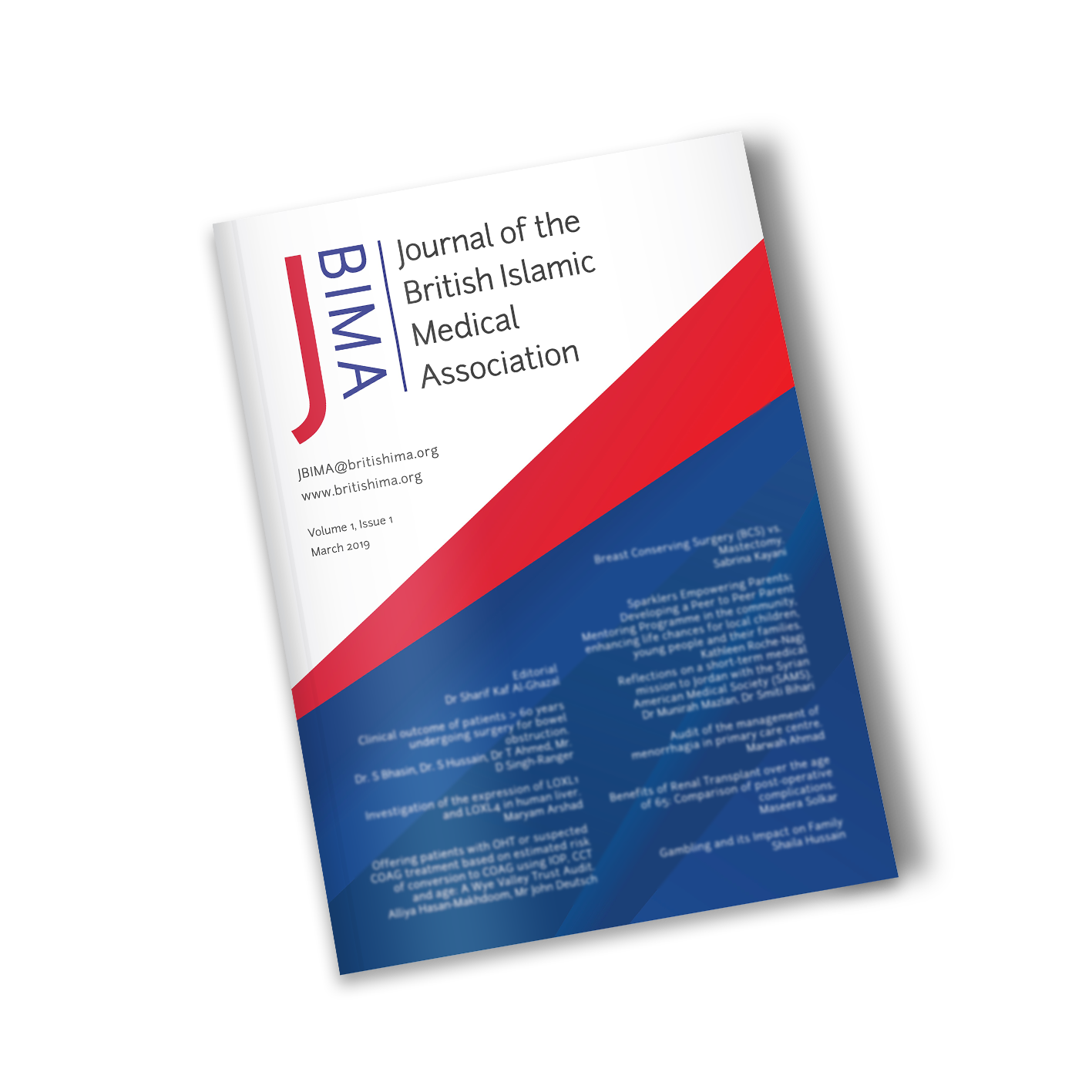
The book of the History of science and technology in
Islam by Fuat Sizgin is divided into 5 volumes and 13
chapters, whereby the author guides the readers in a
journey through time and space, showcasing the
scientific development during the golden age of the
Islamic civilization.
Science grew to become an integral part of the Islamic
nation’s identity, with various contributions from a
diverse pool of individuals of different cultures
ethnicities and even religions. The early days of scientific
Islamic discoveries faced many challenges due to a lack
of the sources in Arabic and funding; nonetheless, it
encouraged many scientists to seek and spread the
knowledge, fueling some of the greatest unearthing and
preservation efforts that paved the way for the golden
age, the renaissance and even the industrial revolution in
centuries to come. These scientific interactions led to
more understanding of both cultures.
As early as the third decade following the rise of Islam,
the newly established state expanded its territories
through conquests and diplomatic convoys. To the north,
it reached Asia Minor and western Persia, and to the
south-west, it extended to Egypt. The Muslims captured
Damascus in 636 AD, Emessa (modern-day Homs) and
Aleppo in 637 AD, Antioch (now Antakya) in 638 AD,
and Alexandria in 642 AD. These conquests brought
them into lasting contact with the populations of these
cities, who had been ruled for centuries by the Roman
and later Byzantine empires. The conquerors were known
to have treated these natives well and effectively utilized
their knowledge and technical skills. The state
encouraged its new citizens integration, embraced their multiculturalism/multilingualism and their unique skills,
resulting in the Translation movement of
Antiquity books relating to astronomy, geography,
navigation, math, geometry and optics. All of which,
allowed to spread of knowledge and drove the
development in these areas and even the establishment of
new branches of science.
The Medicine chapteris divided into 5 parts. These
include medical instruments, a series of anatomical
illustrations, the anatomy of the organ of vision, portraits
of famous physicians and instruments and models.
TheArabic scientific literature was established in
geography, botany, zoology, chemistry, astronomy,
physics, as well as in medicine. In the 3rd-9th century, the
Islamic scholars built on their Greek predecessor’s
achievements and illustrated the human body parts.
In the 30th treatise of his extensive surgical book, The
Andalusian physician ‘Abbas Al-Zahrāwī details and
illustrates over 200 instruments. In his book, he
expressed regret regarding the neglect of surgery over the
period leading to his era, mentioning that only a few
illustrations from earlier works were known, however,
this should be understood as referring to a specific,
limited geographical area.
The 30th treatise of al -Zahrāwī’s book played a crucial
role in the evolution of European surgery starting in the
13th century, particularly due to its detailed descriptions
and illustrations of medical instruments and treatment
procedures. It is striking to observe the widespread
presence of al -Zahrāwī’s surgical manuscripts in
European libraries were translated to Latin, Hebrew, and
Provençal.
Drawings of human anatomy, pathology and physiology
along with descriptive text were customary in all medical
books. The Muslims were infamous for illustrations of
the human body explaining the anatomy behind it. This
part of the chapter demonstrates how the Islamic –
Arabic culture excelled in the field compared to its
western’s counterpart, the advancements accomplished
and traces the origin of knowledge back to the Greeks.
The Islamic- Arabic culture presented works on the bone
structure, the nervous system, muscles, veins and arteries,
examples include pregnant woman`s circulatory system
shown in (Tasrih-I Mansuri) book, by the Persian
physician Mansur b. Muhammad b. Ahmad b. Yusuf in
the late 8th/14thcentury, which had been published several
times in India since 1848.
K. Sudhoff who studied the book compared the current
anatomical drawings tothe Persian manuscripts texts and
the early western books in his investigations into the
anatomical illustrations. He concluded that the series of
anatomical pictures along with the texts reached the west
at two distinct periods. A13th century manuscript from
Provence kept with the Basel family, was the only
manuscript to contain illustrations iof a skeleton along
with its legend, and female genital organs (without a
diagram of the embryo).
Sudhoff discovered that the manuscript preserved by the
Basel family was different from the Latin manuscripts at
cloister in Prufening and Scheyern from ca. 1154 / ca
1250, respectively. He stated that the manuscripts from
Provence have been combined from two distinct
compilations of the 11th and 12th century which
originated in Salerno, while the manuscripts from
Prüfening, Scheyern and Oxford reached the occident via
the Byzantium reign. On the hand, the Persian
manuscripts originates in Greek, they were written in
Alexandria and translated to Arabic during (4th/10th
century) by Ali B. Al Abbas Al-Magusi and Avicenna
(Ibn Sina).
This medicinal chapter describes the ophthalmology
advancements, the medical progress made during the era
and illustrates the differences in the western and Islamic
approaches. The old scientific Arabic literature depended
on textual descriptions and was not heavily illustrated,
except for the fields of mathematics and astronomy. But
even in these fields it is not infrequent that the spaces for
figures are left empty by the copyists, probably in
anticipation that a specialist would be entrusted to
complete this work.
In 1908, JuliusHirschberg criticized the lack of figures in
the Arabs optical books and how their textbooks of
ophthalmology were shortanatomical illustrations of the
eye. However, his statements were proved untrue, and
was not aware the three anatomical illustrations of
Hunainb.Ishaq discovered at later date.
Thus, Hirschberg`s looked for the oldest Arabic drawing
of the eye known to him, he says: “Fortunately we have
this illustration of the optic nerve crossing together with
that of the eye and the brain in a later Arabic text on
ophthalmology, that by Halifa from Syria, from about
1266 our era, but only in the Jeni [Cami] manuscript of
this work, not in the manuscript from Paris” Which led
Hirschberg to the conclusionthat Arabs had a crucial
influence on ophthalmology since Hunain ibin Ishaq was
an influential Nestorian Christian translator, scholar, physician, and scientist from Iraq, he translated lots of
Greek works and tried to exploit the anatomy,
physiology, and the pathology of the brain in his
illustrative drawings in the book.
However, Hirschberg acknowledged the Arabs
advancements and efforts, so he didn’t criticize the Arabs
for dragging the optic nerve crossing unnaturally to the
front, in an imaginary stylized representation of the brain
for better clarity and Hirschberg stated that westerners
did that in their diagrams as well.
Hirschberg concluded that the anatomy and the
nomenclature of the eyes were originated by Arabs not
the Greeks, citing that the current terminology used in the
west is derived from the medieval Latin translations of
the Arabicterms. He also highlightedthat theimportant
concept handed down from the Kitab Al-Mansuri by Al-
Razi is the understanding that the pupil contracts in
response to light.
In 1941, S.L. Polyak wrote that structural and functional
knowledge of the eyes was acquired by western Europe
through the late Middle Ages, along with a creative
pictorial representation that was demonstrated first by the
Arabs with other intellectual and practical pursuits such
as medicine, philosophy, alchemy, etc.
S.L. Polyak considered Ibn al- Haitham and his
commentator Kamaladdin Al- Farisi (ca. 700/ 1300) as an
important representation of the physiological optics field
development,due to their connectionsto well-known
works on optics written in Europe in the 13th century. In
addition to the works of Ibn Sina and Ibn al-Haitham
which had been available for more than a century in
Latin translations.
Kamaladdin Al- Farisi’s achievements were appreciated
by Schramm in the following words: “Through his
deliberations and experiments Kamaladdin Al-Farisi has
been led to a result which was achieved afresh only in 1823 by Johannes Evangelista Purkynje. Kamaladdin Al
Farisi was the first to detect definite proof for the
reflection on the upper surface of the lens and gave
reasons for it in the context of his theory in an excellent
manner.”
The illustration by Hunain b. Ishaq (d.259/873) of the eye
is the oldest known preserved pictorial anatomical
diagram. As S.L. Polyak`s book (The Ten Treatises on
The Eye) included a well described illustrations of the
eye, optic nerve, and its connection with the brain, the
physiology, pathology and the treatments of eye diseases
as he used the information of (Kitab Al-Ashr Makalat Fi
Al -Ain) book by Hunain b. Ishaq.
Chemistry and Alchemyreached the Arab regions early
in the middle of 2nd / 8th century compared to the West.
One of the significant figures of Arab alchemy is Gabir b.
Haiyan. As well as Prince Halid b. Yazid, who was
among the first Arabs to engage himself in this field
(after 102/720) and he is the first to suggest translating
books on alchemy, medicine and astronomy along with
citing every reference precisely, paving the way to the
modern research method and it’s recorded that Greek
manuscripts were translated to Arabic following his
orders.
Minerals and Fossilswere studied by Julius Ruska (J.
Ruska).He studied the participating cultures that
impacted the history of science distinguishing between
four cultural areas such as: the Egyptian-Babylonian, the
Greco−Roman, theIslamic, and the Christian-Occidental
which leads into the modern era. In this section, he
clarified that Greeks had substantial knowledge regarding
mineralogy but lackedexplanations and the origin of this
information whether theyborrowed from other cultures or
their own, whereno references of the information chains
were cited. On the other hand, the Arabic-Islamic
scholars havecited and credited every source with great
precision, along with mentioning each adopted
information of the mineral, the author’s name, the title of
the work and the chapter.

